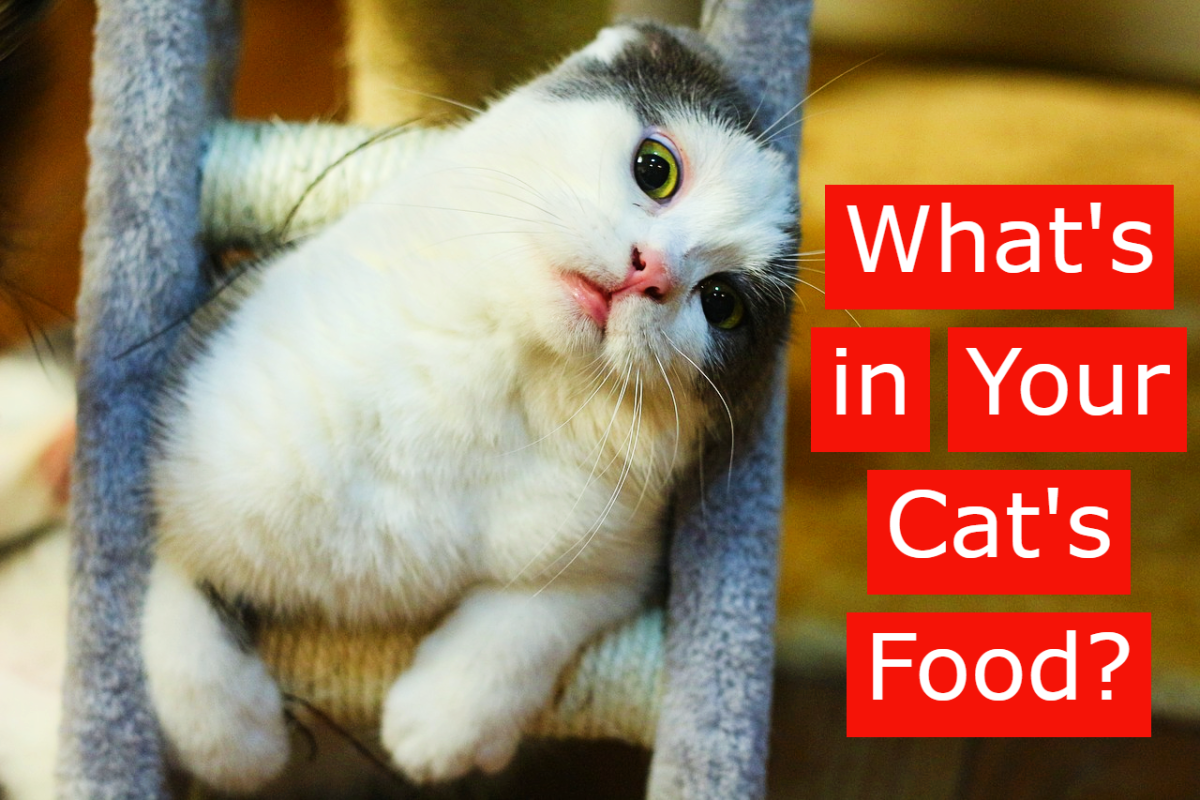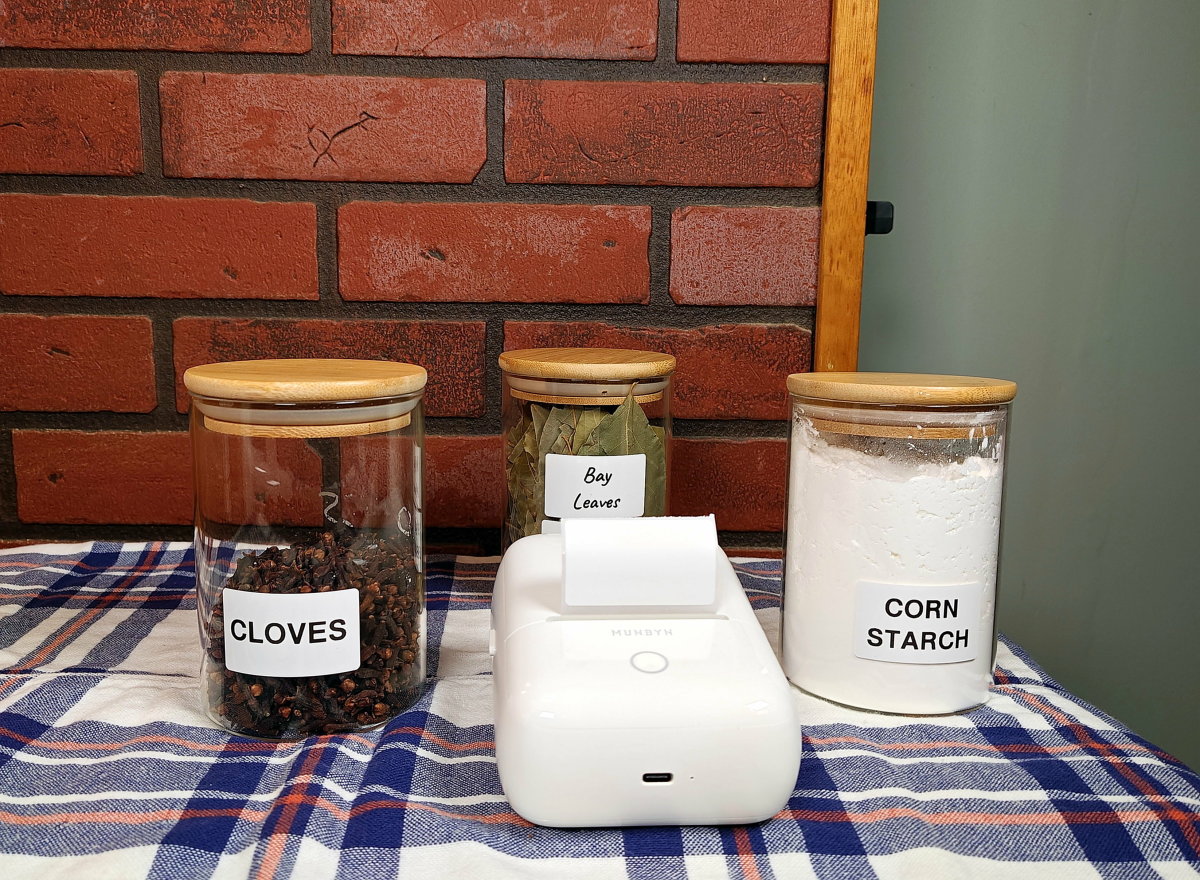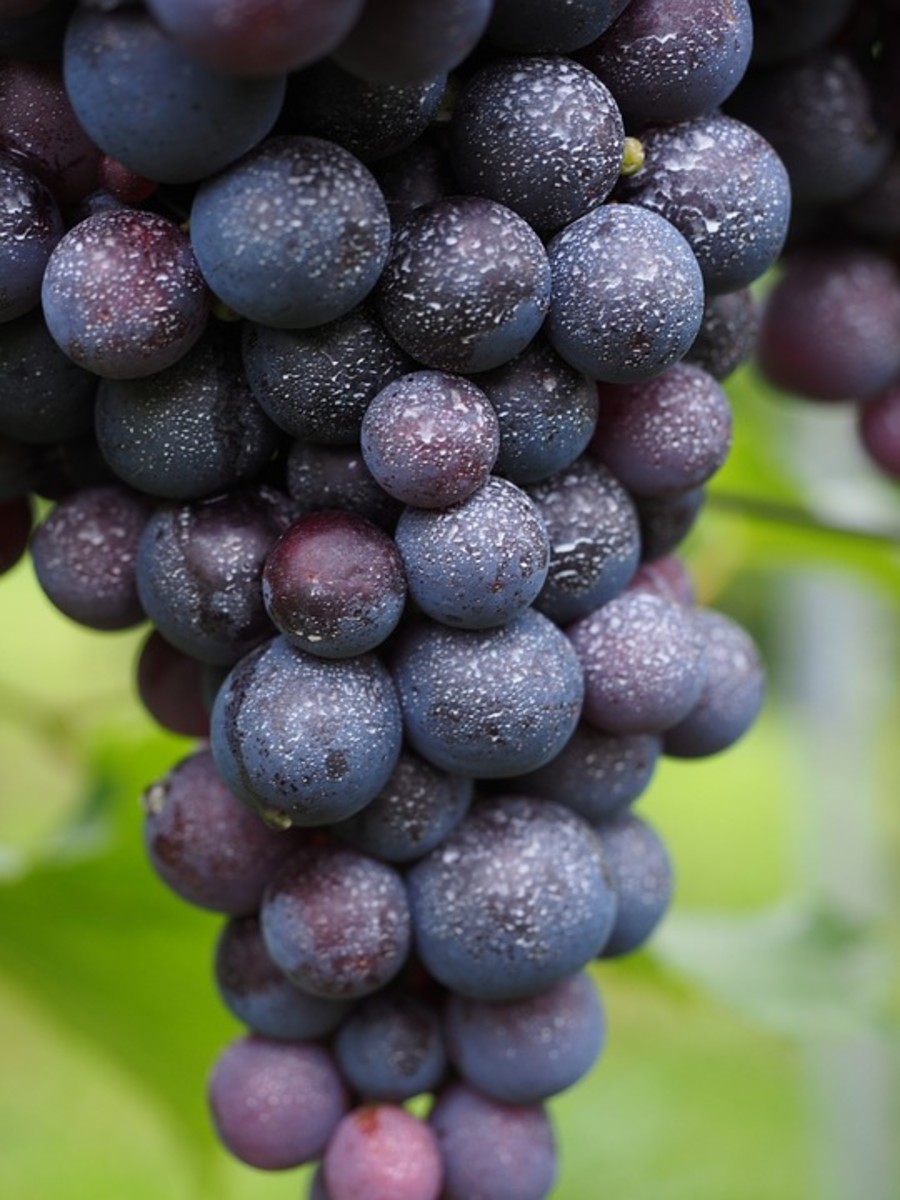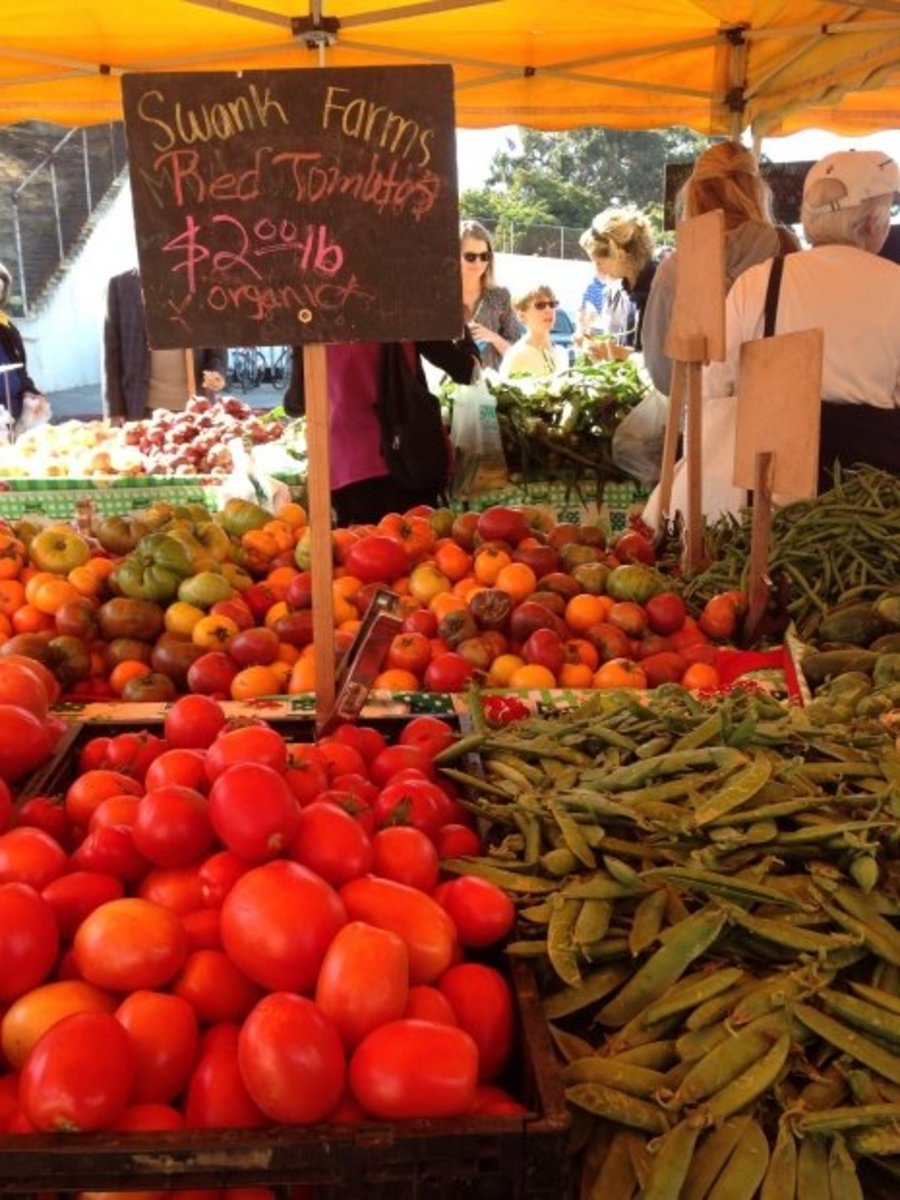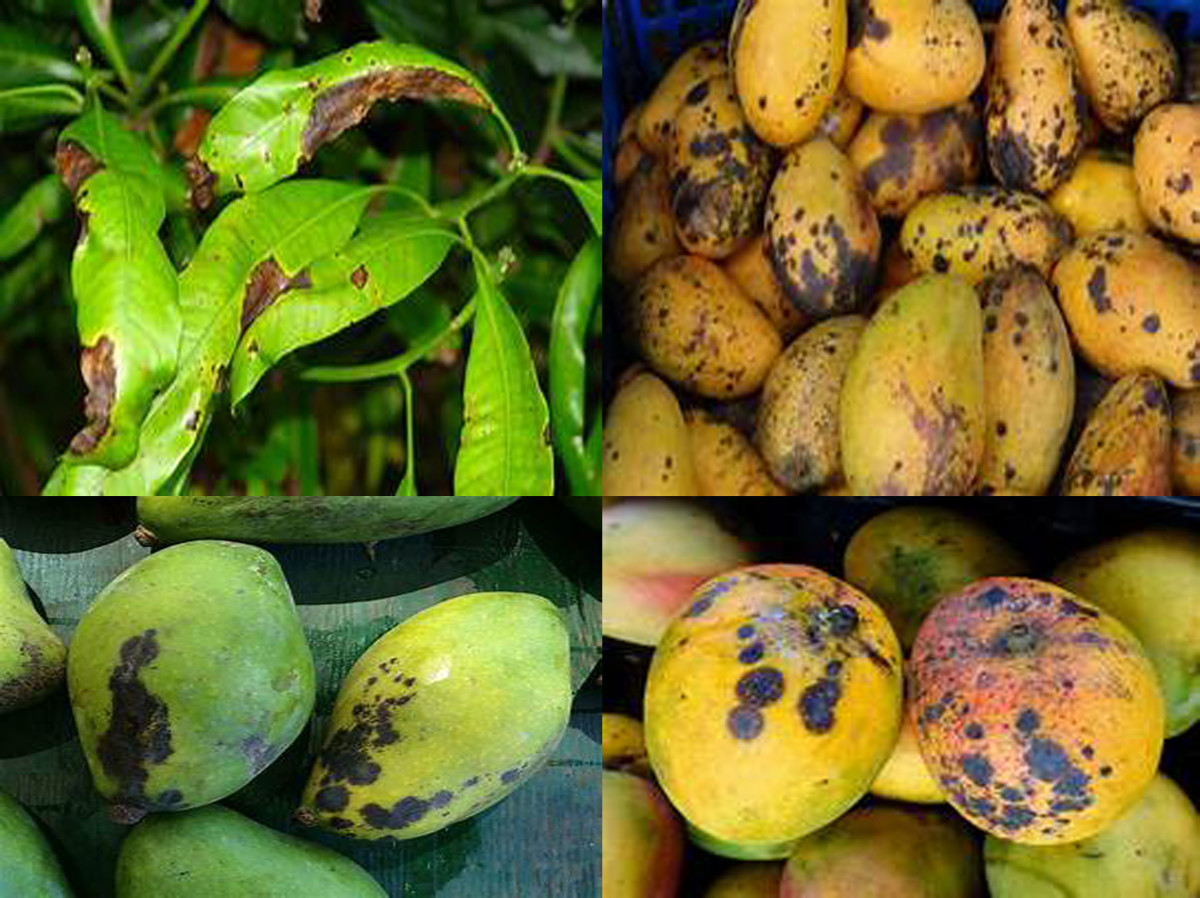What are some common Ecolabels?
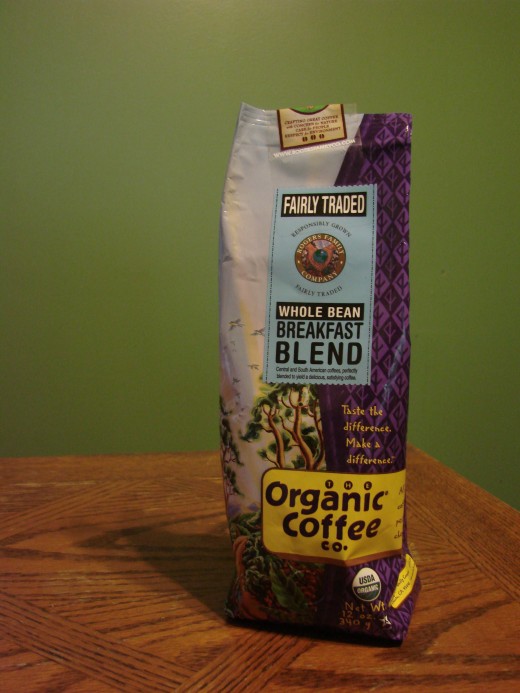
What does that label mean?
Eco-labels are meant to help the consumer choose foods (or other products) that meet certain standards. A good eco-label will have specific and selective requirements and be third party certified. Don’t be duped by some weak or misleading labels that sound good but really have no backing to them. This is merely greenwashing, the using of a sustainable appearance to lure consumers into thinking they’re doing good for the planet.
Greenwashing labels - don't be duped!
Natural. Any product can put on its package that it is ‘Natural’ or contains ‘All natural ingredients.’ This label has no legal backing and is not vetted or regulated by any party.
Cage-free, Free-Range, and Pasture Raised . While these are all important concepts, they are not regulated or verified labels. Just because eggs or poultry are marked as being ‘cage-free,’ does not mean that they have sufficient space to roam. They could still be tightly packed together in the unsanitary and inhumane conditions found in factory farms. The same is true of the label free-range ; while it may be found on beef, poultry, or eggs, the USDA only regulates the label for poultry. While it inspires the image of birds poking about in the grass, in actuality “free range” chickens may have been in the outdoors only five minutes a day in a concrete feedlot.
But don't be too jaded - the number of true eco-labels abound, and they are a useful tool! Here is an overview of a few of the more prominent ones.
Hungry for More?
To learn about more labels in greater detail, the Consumers Union has an online eco-labels guide, complete with explanations and an assessment of each label's validity.
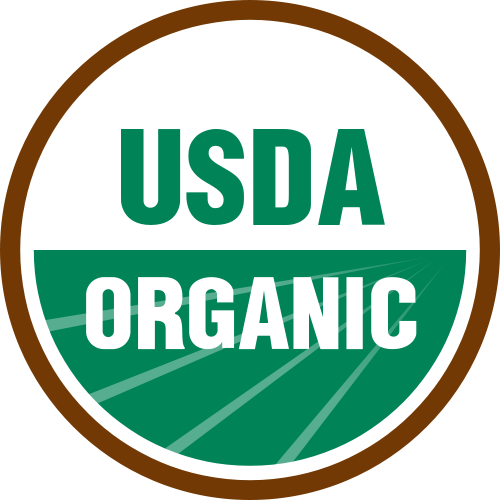
You know this one: Organic
The USDA organic label is perhaps the most widely used food eco-label. The national standards for organic agriculture went into effect in 2002. Before that, each state was left to create their own organic standards and it got confusing. Organic farms are prohibited from using synthetic pesticides, fertilizers, or sewage sludge and organic products cannot contain genetically modified organisms (GMOs) or be irradiated (exposed to radiation to kill microbes and bacteria). Products with the organic seal must contain a minimum of 95% organic ingredients. Other labels you might see are “100% organic” or “Made with organic ingredients” which means that at least 70% of its ingredients must be organic.
When you see the organic label on meat it means that the animal was fed with organic feed and not given growth hormones or antibiotics unnecessarily.
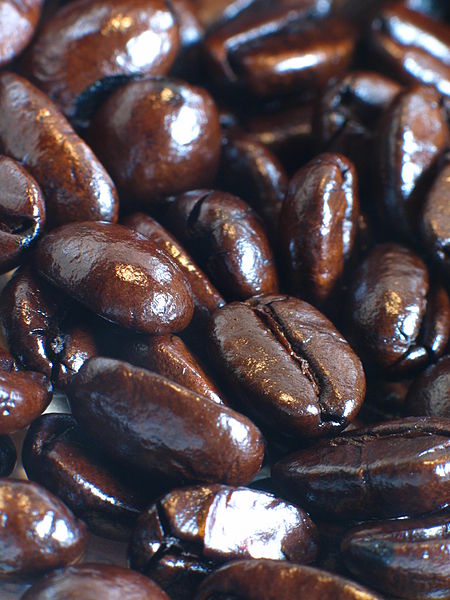
Fair Trade for better chocolate!
The Fair Trade label is an international standard that identifies socially and environmentally responsible agriculture, particularly in developing countries. It ensures that fair prices were paid to farmers, harmful pesticide use was limited and organic techniques were favored. You will most likely see this label on coffee, tea, fruit, nuts, and chocolate.
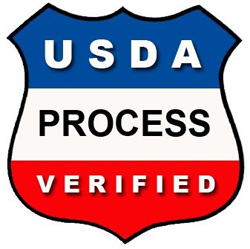
Grass-fed
This label suggests that the livestock (usually beef or lamb) was fed grass and allowed to graze (the way they evolved to eat!). However, this label has not been third party certified and thus is less trustworthy unless it is accompanied with the USDA Process-Verified shield.
The group Eat Wild has put together a directory for finding pasture-raised meat sources near you.
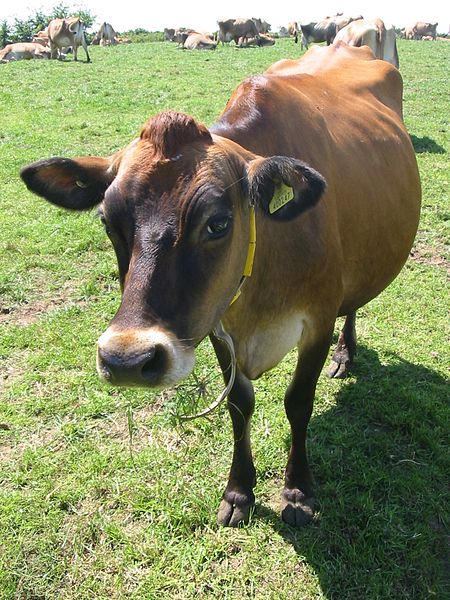
Animal Welfare Approved (humanity left intact)
This label can only be used on food grown by family farmers or co-operative farms. Animals must have access to pasture (grassland). Animals cannot be fed growth promoters or unnecessary antibiotics, and must not be physically or psychologically mistreated.
Certified Humane Raised and Handled
This label is similar to the Animal Welfare Approved label; it ensures that animals are raised and slaughtered in humane ways, are given sufficient food and water, are not fed antibiotics, and have sufficient space and outdoor time.
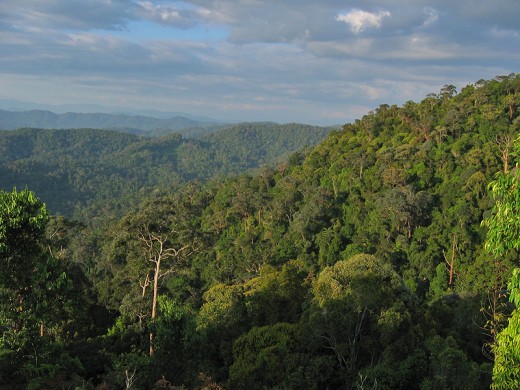
Rainforest Alliance Certified
Standards are set by the Sustainable Agriculture Network, and are focused on protecting tropical ecosystems where the labeled food is grown. The criteria include good water and soil conservation practices, use of integrated pest management and prohibited pesticides, and fair labor practices. Furthermore, the Rainforest Alliance has stated acommitment to fighting climate change both through sustainable forestry and agriculture certification. This label is most often found on coffee, tea, chocolate, fruit, and other beverages.
Demeter Certified Biodynamic
This is a highly holistic food label, encompassing standards in integrated pest management, animal welfare and fair labor, soil and water conservation, wildlife protection, and non-usage of GMOs. It looks at the farm as part of the larger human and natural systems, while giving each crop also its own sustainability standards. This label thus covers the whole system while giving specifics on the individual parts.
The Food Alliance label can be found on a variety of products, including meat, dairy, grains, fruits and vegetables, nuts, and even processed foods.

Bird Friendly and Shade Grown
The Bird Friendly label, most often found on coffee, tea, and chocolate, indicates that the farms from which it was sourced provides habitat for birds. This means that the farm must maintain tree canopy, sufficient shade, diverse plant life, and plant borders around streams and rivers. The Shade Grown coffee label is similar but has fewer requirements than the Bird Friendly label.
By contrast, "s un-grown" coffee is grown as a monoculture (fields filled with one crop, in this case only coffee trees), which require heavy doses of synthetic fertilizers and pesticides to maintain. Shade Grown and Bird Friendly coffee is grown in organic systems that don’t use these fertilizers or pesticides. By cultivating in biodiverse agro-ecosystems we put less pressure on the land, and require fewer inputs like human labor, fertilizer/pesticides, and machinery.

